Foods That Might Disappear Because of California Governor Newsom
California’s going on a bit of a cleanup spree, at least when it comes to the stuff people eat. Governor Gavin Newsom is pushing for tighter controls on ultra-processed foods and synthetic additives and aims to phase out ingredients tied to health concerns. Here are 15 popular foods that may not survive the new standards.
Ice Cream Cones Might Lose Some Helpers

Credit: Canva
Soft-serve’s silky swirl often comes from emulsifiers like mono- and diglycerides. They aren’t banned, but California’s spotlight on trans fats and stabilizers means these texture-boosters could draw extra attention. If companies move away from them, the classic creamy cone might taste a little different.
Bright Orange Chips May Go Pale
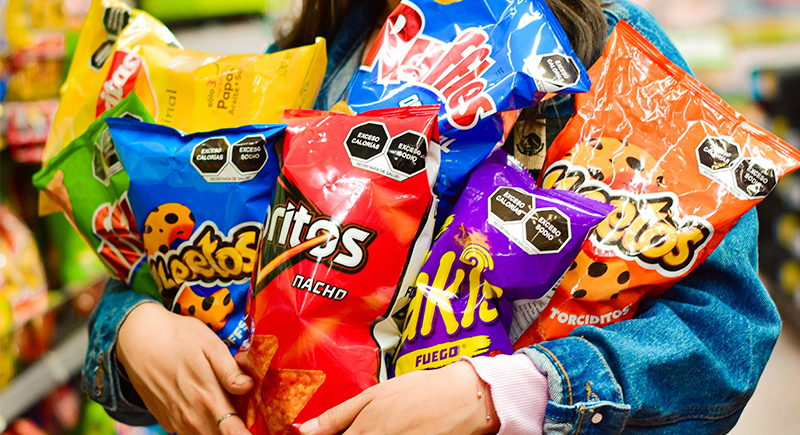
Credit: pexels
Doritos and Flamin’ Hot Cheetos owe their glow to synthetic dyes like Red 40 and Yellow 5. These additives are tied to hyperactivity in kids and are limited in Europe. California’s earlier dye ban in schools already set the stage, and Newsom’s latest reforms could drive these chips off the shelves.
Donuts May Get a Dye Job

Credit: pixabay
Those neon glazes sometimes contain Red 40 or Yellow 5. Starting in 2027, California schools won’t be allowed to serve foods with those dyes. Donuts won’t vanish statewide, but chains might start rolling out more natural-looking glazes to match the mood.
Sugary Sodas Face Another Pop Quiz
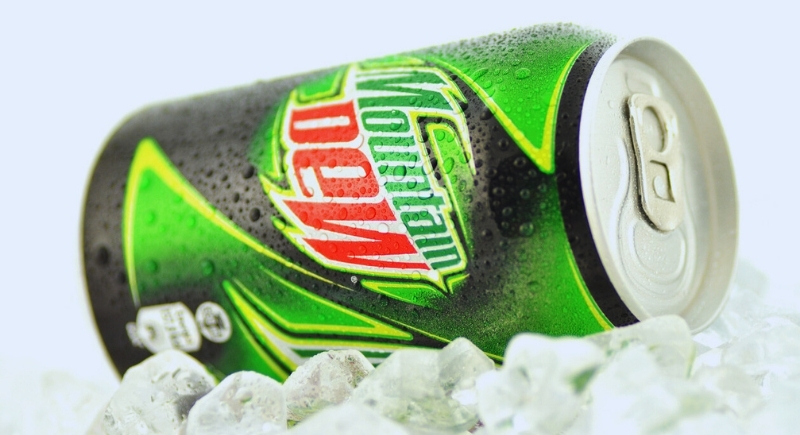
Credit: iStockphoto
Brominated vegetable oil (BVO) is used to keep citrus-flavored sodas from separating, and it’s also been linked to thyroid and reproductive issues. The EU already banned it. Now California’s circling. If manufacturers can’t find a cleaner fix, drinks like Mountain Dew may fizzle out in the Golden State.
Processed Cheese Could See Tweaks
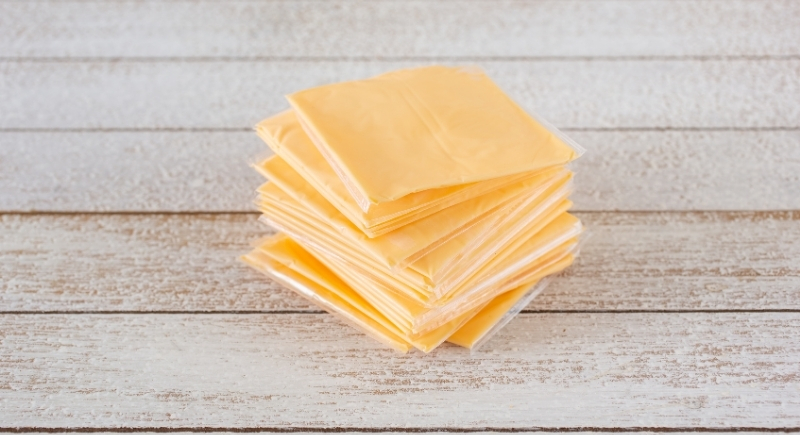
Credit: Getty Images
That perfectly stretchy slice owes a lot to sodium phosphate. It’s not on California’s banned list, but processed cheese sits squarely in the ultra-processed category that Newsom’s order is scrutinizing. Down the road, companies may feel pressure to highlight “cleaner” cheese melts.
Loaded Fries Might Go Fresher
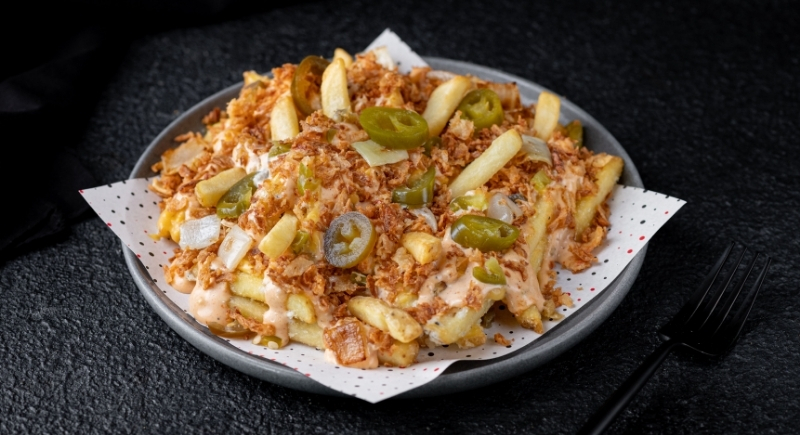
Credit: Getty Images
Fries are safe. It’s the “loaded” part that’s in trouble. Cheese sauces and toppings often come with sorbic acid and other preservatives to keep them shelf-stable. California’s shift toward fewer additives could push restaurants to lean on fresher toppings.
Candy Colors May Face Questions

Credit: iStockphoto
Titanium dioxide didn’t make it into California’s 2023 ban, but it’s still a talking point. The EU already banned it, and U.S. candy makers know it’s under public scrutiny. Skittles won’t disappear tomorrow, yet the shine on rainbow candies could eventually come from different ingredients.
Microwave Popcorn Could Smell Different
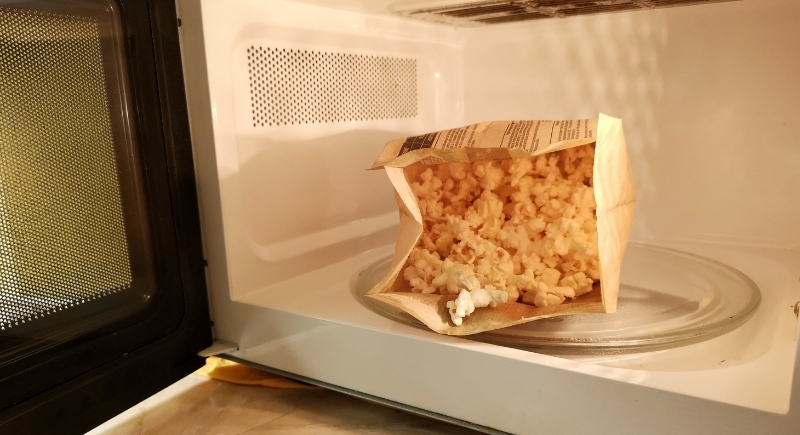
Credit: Getty Images
The buttery blast from microwave bags often comes from diacetyl, a flavoring tied to workplace safety concerns. While it isn’t banned in California, the state probes food chemicals more closely, and popcorn brands may face pressure to highlight natural butter instead.
Breakfast Sandwiches May Get Re-Worked
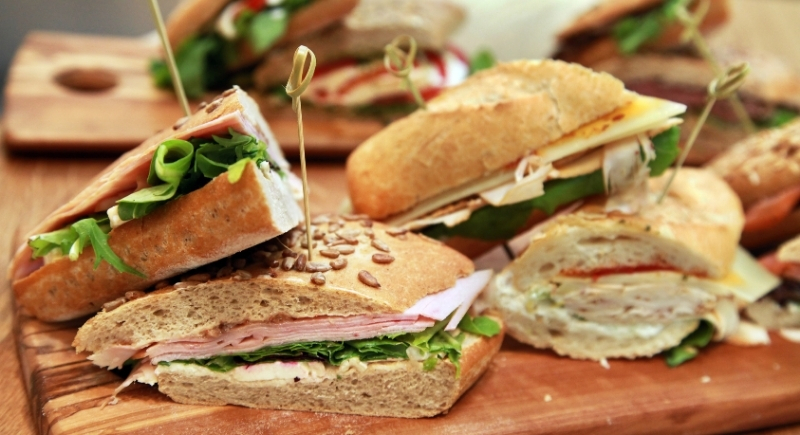
Credit: Getty Images
The bread in a breakfast sandwich can contain azodicarbonamide, while the meats use sodium nitrite. Both additives have raised eyebrows abroad. That makes them prime examples of the kinds of ingredients California regulators are studying closely.
Candy Bars Could Get a Makeover
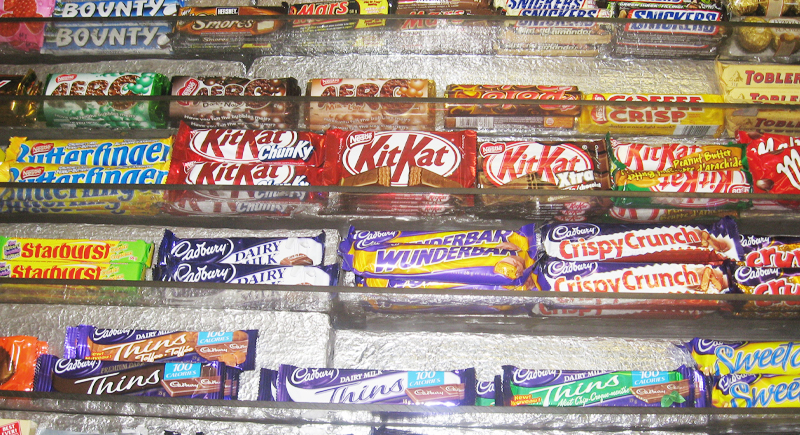
Credit: Wikimedia Commons
Candy bars often feature a cocktail of synthetic dyes, flavor enhancers, and chemical preservatives. Some even sneak in banned dyes like Red 3, which California has already outlawed in foods sold in the state. If manufacturers don’t adjust, these bars might melt away from shelves entirely.
Sweet Teas Could Tone It Down

Credit: Canva
Sweet teas and lemonades rely on high-fructose corn syrup and preservatives like potassium sorbate. California isn’t banning either one, but its push for cleaner drinks could nudge companies toward simpler recipes.
Energy Drinks Might Be Running on Empty
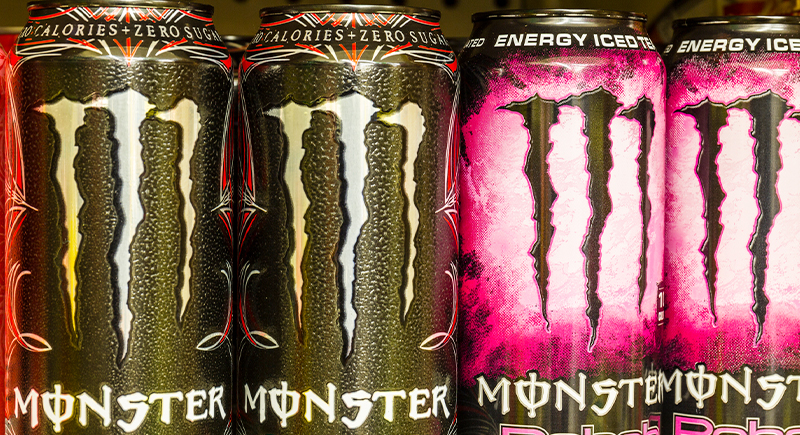
Credit: iStockphoto
Drinks like Monster and Bang may soon need warning labels or reformulation to stay on California shelves. Caffeine-packed energy drinks often contain synthetic dyes and high levels of sugar, both of which are targeted by Newsom’s executive order.
Instant Noodles Might Face Label Heat

Credit: Getty Images
TBHQ is often used in Instant noodles as a preservative and MSG for flavor. Neither ingredient is outlawed, yet both appear in health debates. California’s call for transparency could force clearer labeling, and some noodle packs may end up reformulated for image purposes.
Frozen Pizzas Might Not Pass the Label Test

Credit: iStockphoto
Pre-made pizzas often use potassium bromate in dough, and that’s one of the four ingredients California officially banned under AB 418. By 2027, frozen pizza makers will need bromate-free recipes, so your late-night slice might taste slightly different.
Packaged Snack Cakes Might Lose Their Shelf Life
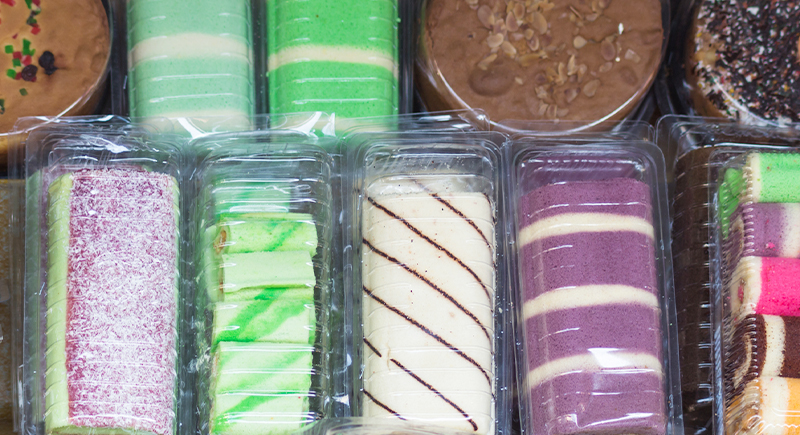
Credit: iStockphoto
Little cakes with cream fillings don’t last forever by accident. Preservatives like propylparaben extend shelf life but also cause concerns for hormone disruption. Already banned under California’s Food Safety Act, this additive may mark the beginning of the end for these processed treats.